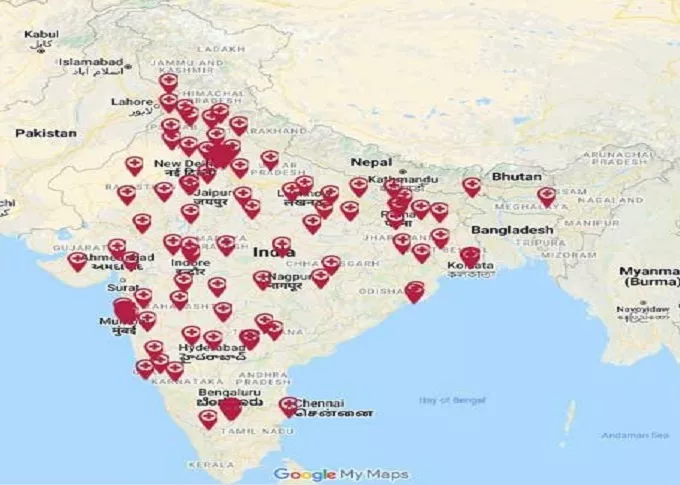Blastocyst culture and transfer is performed to marginally increase the chances of implantation leading to a successful pregnancy; they have a higher potential to lead to a pregnancy in comparison to three day-old embryos. As it is the healthiest embryo, it enables a single embryo transfer (SET). Thus, this negates the need for transferring multiple embryos that can lead to a multiple pregnancy, that is, more than one pregnancy, causing obstetric complications. Additionally, the remaining healthy embryos can cryopreserved and used in subsequent ART procedures performed in the future; this is called frozen embryo transfer (FET).
In a natural pregnancy, a blastocyst implants itself in the uterus and gives a positive pregnancy test 10 days to two weeks after fertilisation. Thus, blastocyst transfer mimics this natural process, increasing the chances for implantation. On the contrary, a three-day old embryo is present in the fallopian tube hence, it is free-flowingly present in the uterus before its implantation making its implantation success less likely.
A beta-human chorionic gonadotropin (>β>hCG) test is performed seven days after blastocyst transfer to ascertain if implantation has taken place.
A blastocyst transfer is especially advantageous in females who are young and have some ovarian reserve. This procedure can be performed after IVF or ICSI.
In addition to the aforementioned advantages of blastocyst transfer, it is a preferred option in cases of female infertility with the following diagnosis:
Problem with ovulation
Ovulation disorders can indicate a low ovarian reserve, the existence of health conditions such as polycystic ovarian syndrome (PCOS) and endometriosis or perimenopause.
Problem with fallopian tube
Damages to the fallopian tube, including infections, blockages or surgery to tie or remove them, compromises with the passage through which a) an egg travels from the ovary into the uterus, and b) an embryo moves down the uterus. This acts as a barrier to conception.
Uterine fibroids
Benign tumours of the uterus are known as fibroids. They can come in the way of a fertilised embryo to get implanted in the uterus.
Pregnancy Calculator Tools for Confident and Stress-Free Pregnancy Planning
Get quick understanding of your fertility cycle and accordingly make a schedule to track it
Get a free consultation!















